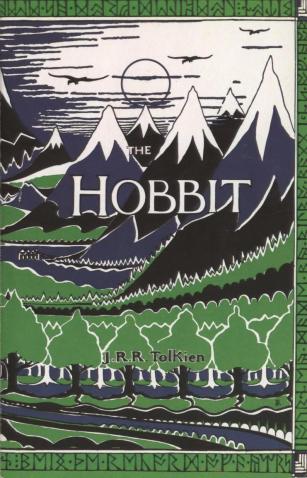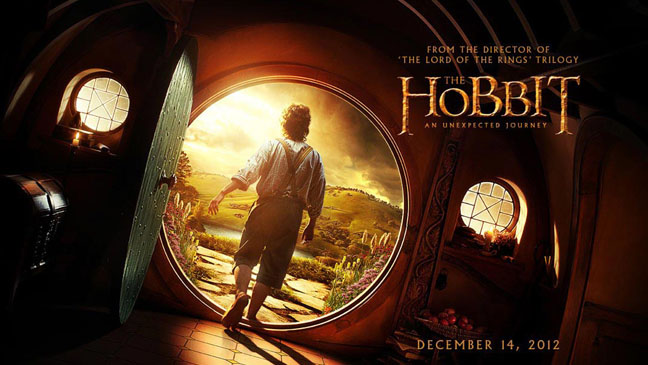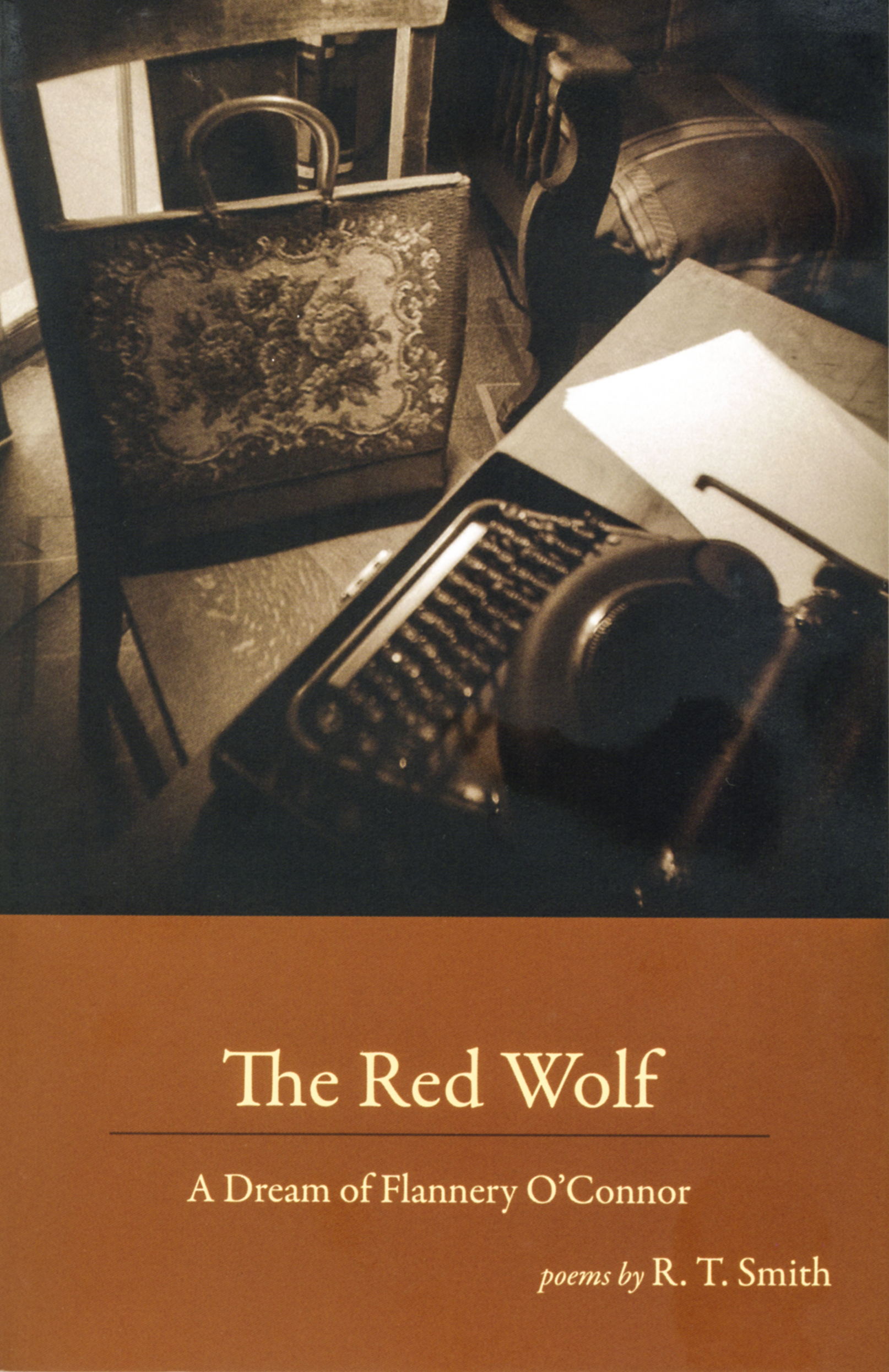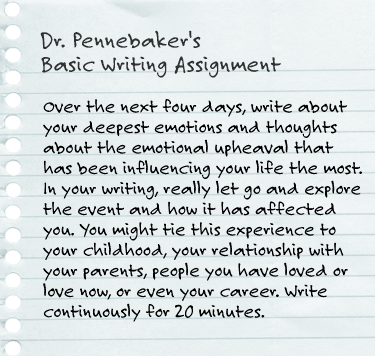With Peter Jackson’s highly anticipated release of The Hobbit: An Unexpected Journey on December 14, 2012, it is time to turn our attention to JRR Tolkien’s perception of The Hobbit as a children’s tale as opposed to the epic high fantasy which his Lord of the Rings trilogy—and their movie adaptations—are iconic of. The question is: how does the change of genre between high fantasy and children’s literature impact Tolkien’s and Jackson’s artistic perception of The Hobbit?
 Tolkien developed Middle Earth using pre-Chaucerian sources such as Beowulf, Volsumgasaga and Elder Edda .[1] Tolkien regretted writing The Hobbit as children’s fantasy because it undermines the mythological and historical back story that he developed because, as he argues in his essay On Fairy Stories, adult readers are unforgiving and critical by terming much of fantasy as children’s literature. In an article in The New York Times Book Review on June 5, 1955, Tolkien stated “The so-called ‘children’s story’ [The Hobbit] was a fragment, torn out of an already existing mythology. In so far as it was dressed up as ‘for children,’ in style or manner, I regret it. So do the children.” (Letters, p. 218). Tolkien clearly resents the negative adult perception of all fantasy as “children’s literature” and regretfully fell into this stereotype with The Hobbit. However, Tolkien is emphatic that “[The Lord of the Rings] was not written ‘for children,’ or for any person in particular, but for itself. (If any parts or elements in it appear ‘childish,’ it is because I am childish, and like that kind of thing myself now” (Letters, p. 310). While Jackson directed The Lord of the Rings to much critical acclaim as a piece of high fantasy with clear dark undertones, what is he going to make of The Hobbit, a piece whose style as a children’s novel, Tolkien ardently is unhappy about? And how will he mold the lighter, humorous material which is particularly prevalent in the first half of The Hobbit?
Tolkien developed Middle Earth using pre-Chaucerian sources such as Beowulf, Volsumgasaga and Elder Edda .[1] Tolkien regretted writing The Hobbit as children’s fantasy because it undermines the mythological and historical back story that he developed because, as he argues in his essay On Fairy Stories, adult readers are unforgiving and critical by terming much of fantasy as children’s literature. In an article in The New York Times Book Review on June 5, 1955, Tolkien stated “The so-called ‘children’s story’ [The Hobbit] was a fragment, torn out of an already existing mythology. In so far as it was dressed up as ‘for children,’ in style or manner, I regret it. So do the children.” (Letters, p. 218). Tolkien clearly resents the negative adult perception of all fantasy as “children’s literature” and regretfully fell into this stereotype with The Hobbit. However, Tolkien is emphatic that “[The Lord of the Rings] was not written ‘for children,’ or for any person in particular, but for itself. (If any parts or elements in it appear ‘childish,’ it is because I am childish, and like that kind of thing myself now” (Letters, p. 310). While Jackson directed The Lord of the Rings to much critical acclaim as a piece of high fantasy with clear dark undertones, what is he going to make of The Hobbit, a piece whose style as a children’s novel, Tolkien ardently is unhappy about? And how will he mold the lighter, humorous material which is particularly prevalent in the first half of The Hobbit?
Do children’s movies have the same negative connotations toward fairy tales as young adult literature? Nowadays, popular culture engages in cult followings of multimillion dollar franchises like Twilight, Game of Thrones, and Harry Potter through movie adaptations. Yet why does fantasy literature have this polarity between lovers of literature who either engage or fail to engage with fantasy as adults–even if as children or teens they loved fantasists like Tolkien and Lewis?
How will Peter Jackson’s adaptation address The Hobbit as an admitted work of children’s literature while still cleaving to the epic, high fantasy die hard fans of The Lord of the Rings trilogy? While Jackson’s adaptation is admittedly lighter and engages with the more playful aspects in The Hobbit, he is also working in background material from The Silmarillion as well as other works concerning Middle Earth. It is not strictly an adaptation of a children’s book. The movie is not being marketed as a children’s movie, children are not the intended audience. So how is it going to engage with the children’s story premise which Tolkien himself so disliked? In an interview with ‘Total Film,’ Peter Jackson said, “The Hobbit is very much a children’s book and The Lord of the Rings is something else; it’s not really aimed at children at all […] The dwarves give it a kind of childish, comic quality that gives us a very different tone from [the ‘Rings’ trilogy]” (click here for the Screenrant article on The Hobbit as a children’s literature adaptation).

Interested in The Hobbit: An Unexpected Journey? Click here to visit Peter Jackson’s blog to see production videos, pictures, and trailers! For more books on Tolkien and The Hobbit try reading Humphrey Carpenter, Christopher Tolkien, J. R. R. Tolkien, The Letters of J.R.R. Tolkien edited by Humphrey Carpenter and Christopher Tolkien, On Fairy Tales by JRR Tolkien, The Inklings, C.S. Lewis, J.R.R. Tolkien, Charles Williams and their Friends by Humphrey Carpenter, or J. R. R. Tolkien and C. S. Lewis The Story of a Friendship by Colin Duriez.
Sources: The above books, websites, blogs, as well as my essay from my “Worlds Beyond Oxford” class taken with Professor Hannah Field with Advanced Studies in England in Bath, England.
[1] Humphrey Carpenter, The Inklings, C.S. Lewis, J.R.R. Tolkien, Charles Williams and their Friends (HarperCollins Publishers, 2006) p. 24-25.








 Tolkien developed Middle Earth using pre-Chaucerian sources such as Beowulf, Volsumgasaga and Elder Edda .
Tolkien developed Middle Earth using pre-Chaucerian sources such as Beowulf, Volsumgasaga and Elder Edda .